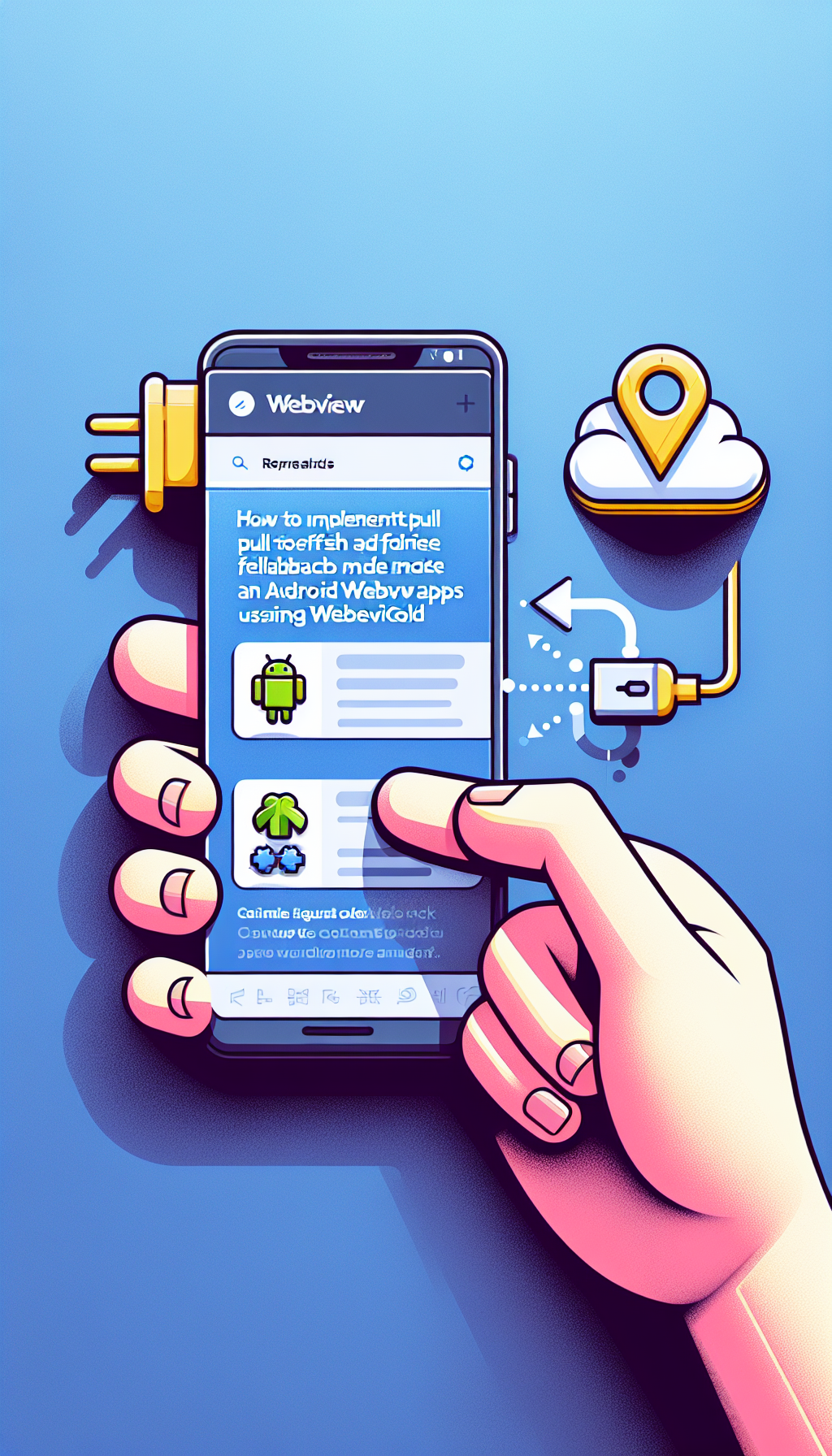
Introduction to Pull-to-Refresh and Offline Fallback in Android WebView Apps
Mobile users expect seamless browsing experiences with modern features like pull-to-refresh and offline capability. When turning a website into an Android app, replicating these behaviors can enhance user experience significantly. Fortunately, tools like WebViewGold make it simple to integrate these features without extensive coding, allowing you to quickly convert your website into a fully functional Android app.
Why Implement Pull-to-Refresh and Offline Fallback Modes
Users appreciate being able to refresh content effortlessly, which is why popular apps use pull-to-refresh. At times when connectivity is lost, having an offline fallback ensures that users see friendly messages or cached information rather than error screens. Both features can boost retention and positive reviews for your Android WebView app.
Using WebViewGold to Add Pull-to-Refresh Easily
WebViewGold offers a streamlined way to implement pull-to-refresh in Android WebView apps. With its intuitive setup, you can enable this feature right out of the box, saving hours of manual integration. Pull-to-refresh in WebViewGold uses native gestures, making the feature feel natural and fluid for users. This is especially useful for news, blogs, or any dynamic content where users may want the latest updates.
Step-by-Step Guide: Enabling Pull-to-Refresh in WebViewGold
- Download the latest WebViewGold Android template.
- Open the project in Android Studio.
- Look for the configuration options in the documentation or the
config.xmlfile. - Find the setting for pull-to-refresh and enable it (usually by setting a configuration variable to true).
- Build and run your app; you will notice the pull-to-refresh gesture works instantly.
No need for extra code or third-party libraries—the implementation is handled natively by WebViewGold.
Implementing Offline Fallback Mode in Your Android WebView App
Poor connectivity or no internet access can frustrate app users. WebViewGold makes it easy to define an offline fallback page that appears when a user is not connected. This could be a simple

Leave a Reply